Here, Kitty Kitty: Leave Women Alone
November 10, 2014
Street harassment is an issue that has been ongoing to women for a long time, but is surprisingly unknown by many in general. For those who are not familiar with the concept, street harassment is when a person is walking down the street and they are yelled to, with phrases ranging from “Hey beautiful” to an extreme expletive followed by a persistent inquiry for a phone number. It’s labeled harassment because many times it involves whistling “appreciatively”, honking, being followed for several blocks, and even being touched or groped. This is something many women go through every day.
Recently a video by an organization called Hollaback released a video which displayed a woman walking innocently through the streets of New York wearing a simple t-shirt and jeans, completely silent, and being shouted at during a 10 hour period throughout all areas of New York. The video was uncensored and represented pretty bluntly what is a regular occurrence on the streets of big cities and even small ones. It displayed over 100 instances of verbal harassment.
However, it is important to notice that while the video displayed pretty accurately the ongoings of street harassment, it only displayed Hispanic and African American men harassing this woman. The editor of the video later defended that there were many instances in which white or caucasian men whistled or talked at this woman but it was too indistinguishable to leave in the video.
“This is a video that’s being shown broadly, and it gives the impression that the only predators in New York are men of color,” a participant named Thanu said. “And that is false.”
Despite its imperfections and stereotypical implications, the video still worked to catch the attention of others, mostly those who still doubt that “catcalling” is a real thing. The fact of the matter is that catcalling, or street harassment, happens to all women of ages and sizes, no matter what they look like, the color of their skin, and what they are wearing. This practice is so engrained into our society that verbal harassment is even prominent in our high schools.
Tiffany Elias, a Santaluces senior, said that she has been called to during student aid, when walking into class to deliver a note or simply walking in the hallway. She has been subjected to phrases such as, “Hey, psst, hey lil mama” and even the more inherently aggressive, “Hey, you look cute. What’s your name? What’s your number?” Worst of all, in cramped hallways, Elias has been groped on the butt. Some who still deny this disrespect may blame it on what she was wearing, but she has never worn anything but t-shirts and jeans. Besides, even if she were wearing some kind of dress it is no invitation for a total stranger to touch her when she did not want to be touched.
These incidents are not isolated. Another Santaluces senior admitted that she was whistled at and followed while trying to get to class, and even blocked from being allowed to pass through double doors unless she said, “Hi to my friend right here, he thinks you’re cute.” Another said that she was stroked on the arm by a boy her freshman year after school while waiting at the car loop. She did not know the boy and no administrators were around. Another was catcalled in the hallway, and then subsequently threatened and yelled at when she refused his advances.
This behavior is a prerequisite for actions that can escalate. This kind of entitlement by men and boys of all ages can lead to violent actions against women such as stabbings and mass shootings. Furthermore, street harassment makes women feel just plain unsafe. Is this really how we want women feeling as they are walking to work, to grab lunch, to go to their high school science class? Do we want young women in high schools to feel as if they are objects to be yelled and whistled about?
Verbal harassment is dangerous and wrong simply because it makes women feel unsafe and threatened. That enough should be reason to stop it.

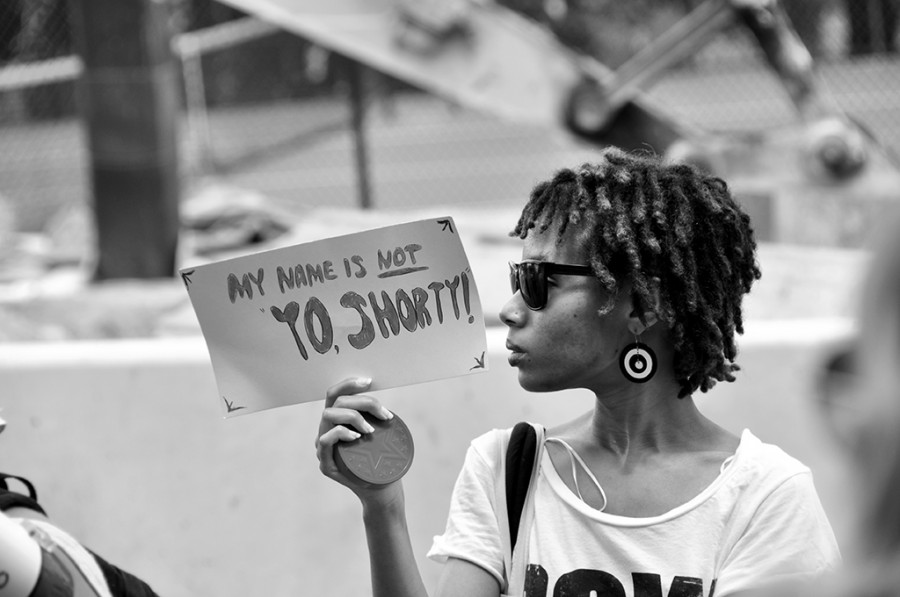


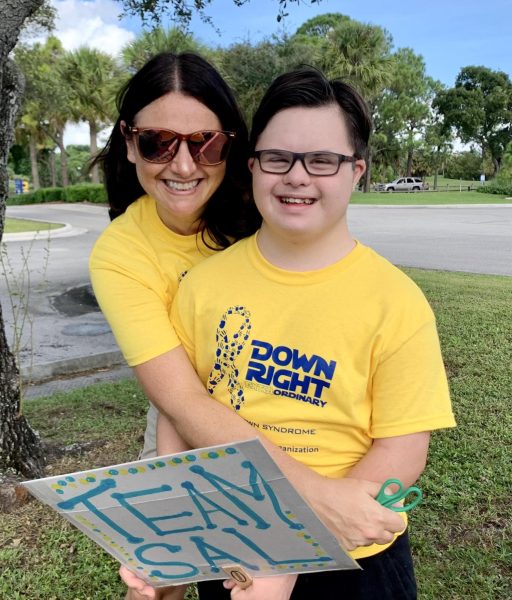

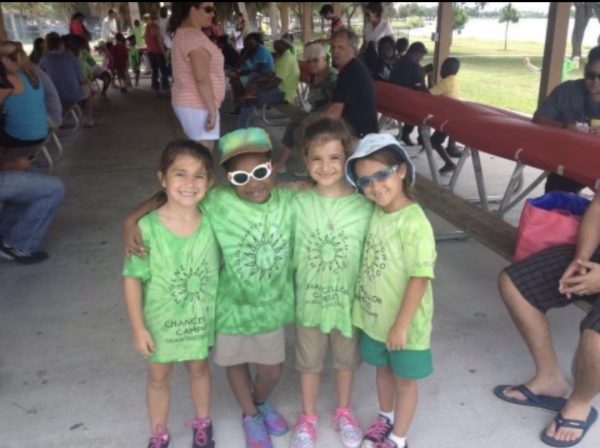
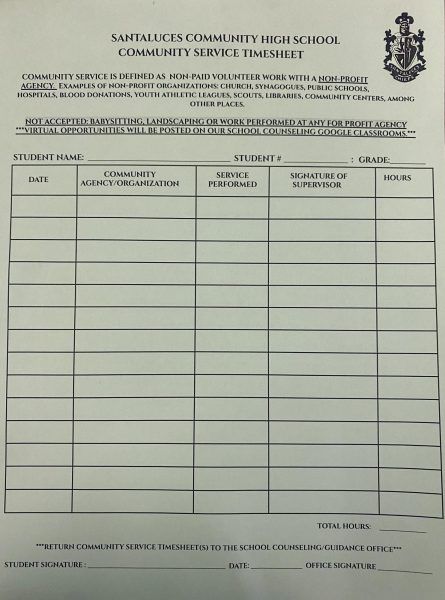


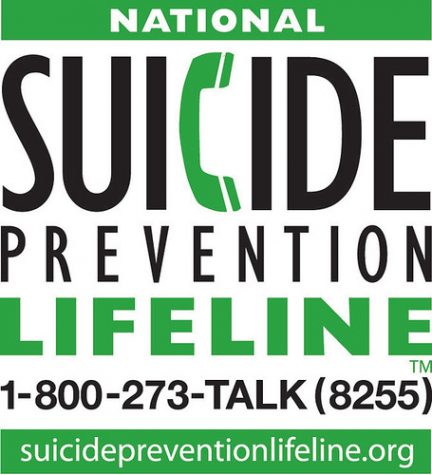
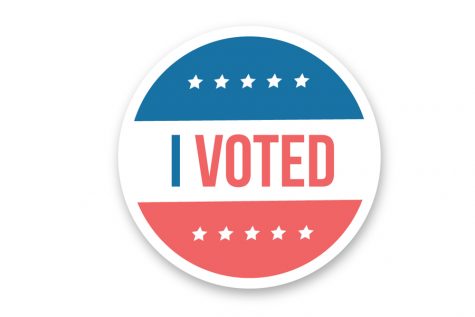
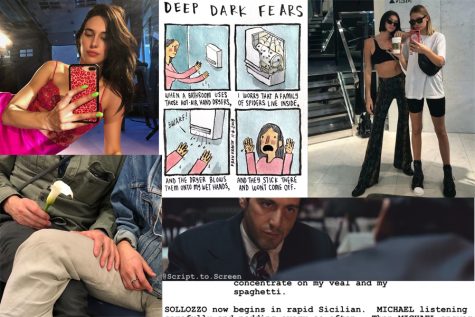
florida 1996 • Dec 20, 2014 at 12:52 PM
awesome! thanks for writing this! i completely agree.
Sunshine • Nov 10, 2014 at 5:35 PM
AMEN!!!!! PREACH